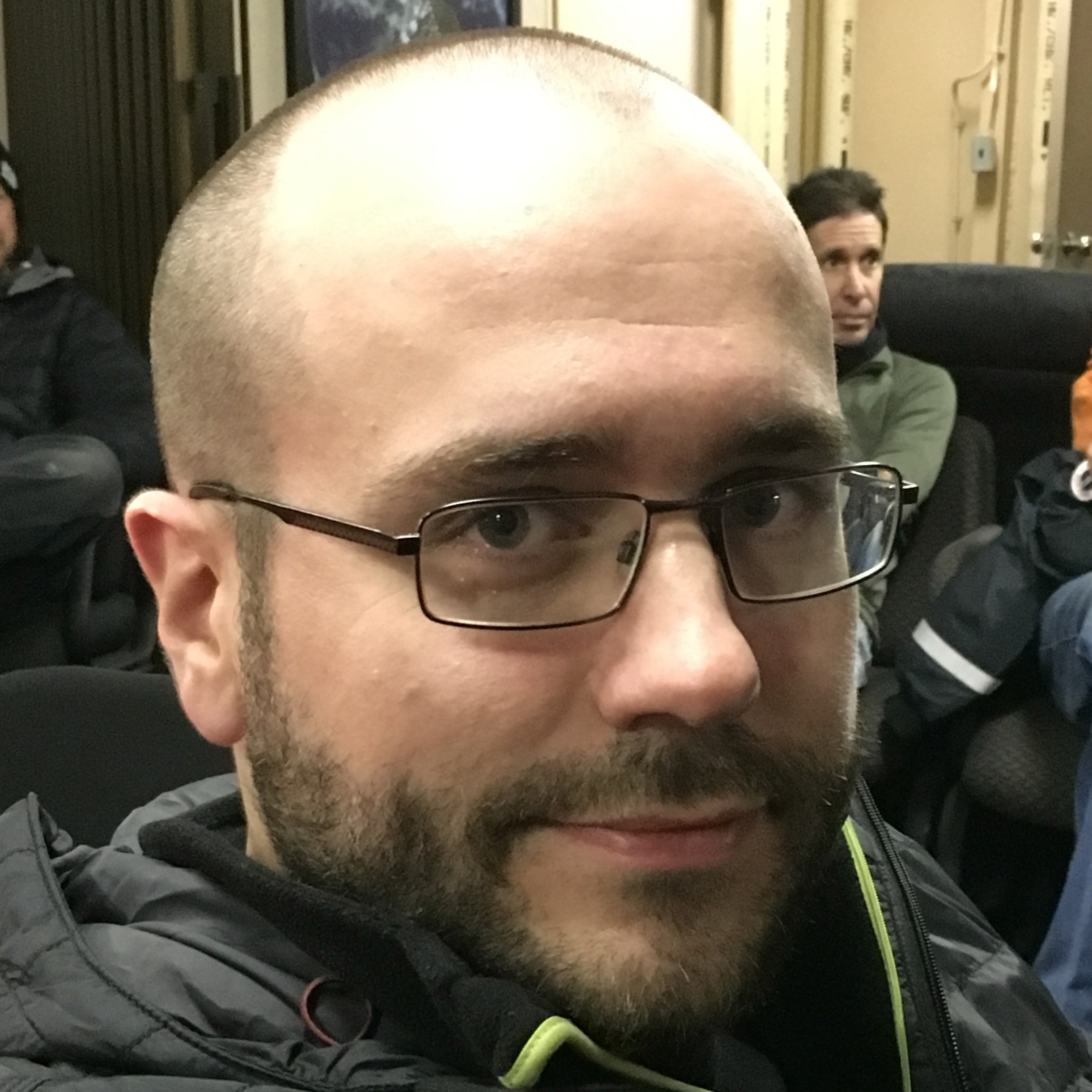2017-09-27

A scientific party of 10 people from Scripps Institution of Oceanography (SIO), Woods Hole Oceanographic Institution (WHOI), the Naval Postgraduate School (NPS), University of Rhode Island (URI), and the Nansen Environmental and Remote Sensing Center (NERSC), are from September 19th to October 14th participating in a scientific cruise onboard the USCGC Healy, a US Coast Guard icebreaker, to recover moorings as a part of the 2016-2017 CANAPE experiment. The chief scientist is Dr Peter F. Worcester from SIO.
 USCGC Healy docked in Dutch Harbor, Alaska.
USCGC Healy docked in Dutch Harbor, Alaska.
CANAPE, the Canada Basin Acoustic Propagation Experiment, is a yearlong experiment from 2016-2017 carried out to help characterize the oceanographic variability in the Canada Basin, using an ocean acoustic tomographic array that combines measurements of acoustic propagation and ambient noise. The array consists of seven moorings, placed in the shape of a pentagon as shown on the map.


Map of the mooring locations. The moorings are placed in the Beaufort Sea north of Alaska and Canada. The six receiver moorings (red) are denoted T1 through T6, while DVLA is the dedicated receiver.
There are six transceiver moorings that contain an acoustic source and 15 receiver hydrophones, and one dedicated receiver mooring with 60 hydrophones. The sources transmit signals at different times and each transmission is recorded by the other moorings. The computed travel times of the signals between the different sources and receivers will in turn provide information about the average temperature along those transects. Additional oceanographic instruments, such as Acoustic Doppler Current Profilers (ADCP), upward-looking sonars, and temperature and pressure sensors, are also included on the different moorings to learn more about the oceanographic conditions in the region.
The mooring recovery is led by James Dunn from WHOI, a man with a wealth of experience and good stories. This experience is crucial to ensure a successful and, most importantly, a safe return of the moorings for both the equipment and the personnel involved. The crew of the Healy is also a great resource, assisting with deck work, small-boat operations, and in general keeping the scientific party both happy and safe.
The recovery of a mooring follows a certain procedure: Once the weather conditions are satisfactory and the ship is in position, an acoustic signal is transmitted from the ship which in turn releases the mooring from the anchor. A large, yellow syntactic buoy rises to the surface while the mooring hangs vertically below it. The Healy moves into position and a wire is connected to the buoy from a small-boat, after which it is carefully winched towards the ship.
 Small-boat crew securing a line to the buoy.
Small-boat crew securing a line to the buoy.
After towing the mooring for a few minutes to straighten it out, it is then winched onboard the ship and the instruments and equipment are removed as they emerge from the ocean, rinsed with fresh water, and further processed based on their specific requirements. The approximately 4 km length of wire is spooled onto wooden reels and stowed away.
 Mooring recovery. A 2000 lbs Teledyne Webb Research swept-frequency source being lowered onto the deck. A hydrophone module can be seen clamped to the wire, right above the source.
Mooring recovery. A 2000 lbs Teledyne Webb Research swept-frequency source being lowered onto the deck. A hydrophone module can be seen clamped to the wire, right above the source.
